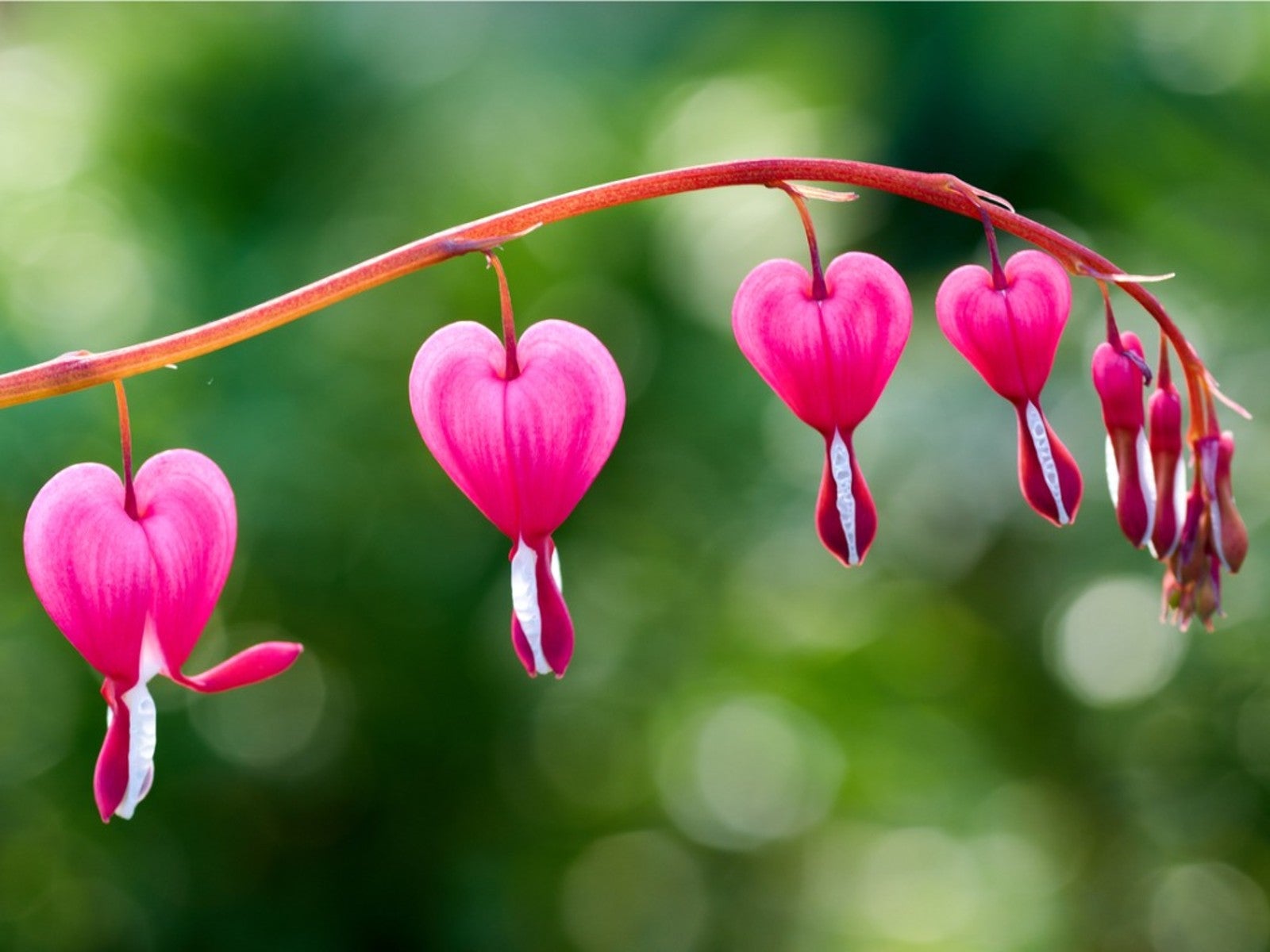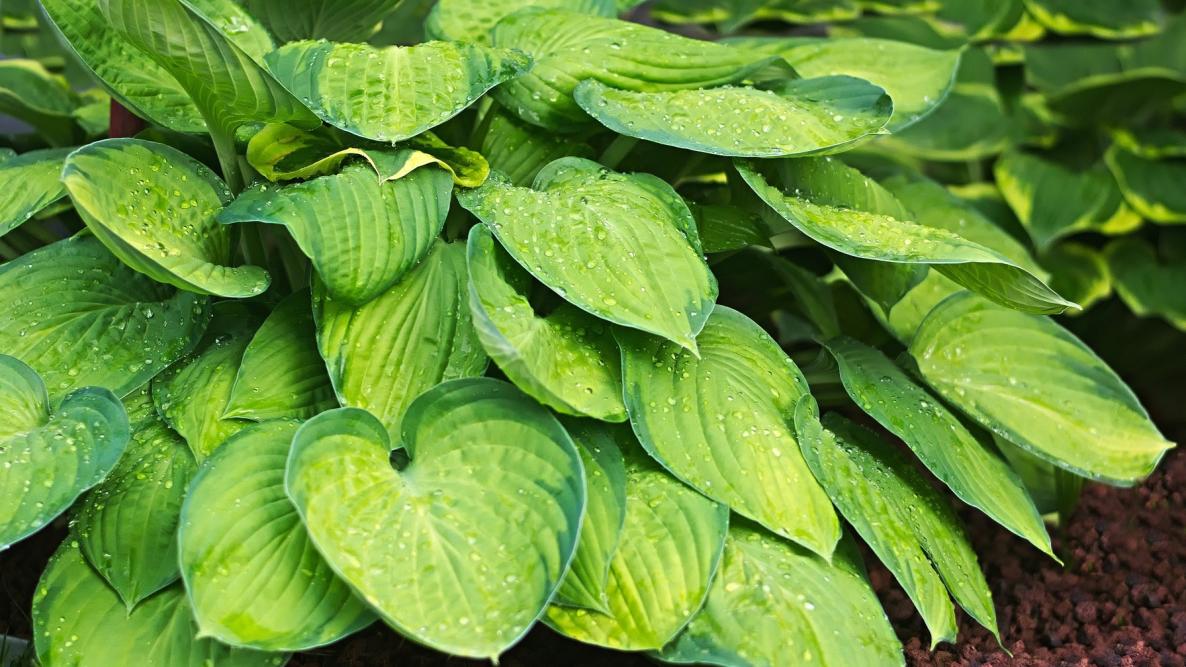I was only concerned with my color scheme or if I thought the plant was pretty (or in my case on sale). I have been known to plant Marigolds in the shade. The first week everything still looked OK. As the weeks went by the blooms disappeared and the plants grew tall and leggy, I continued to water and fertilize but with no success. Finally, by the first of August both I and the marigolds’ were tired. I ignored the final days of my marigold’s life and obviously she never got to be a show stopper since she was always dreaming of the sun.
We are all frustrated when our plants fail to flower. What are the reasons? Poor growth, could be poor soil, or the soil could have been too hard too wet, or dry. I know this sounds like goldilocks’ and the three bears. We want the plant to be just right, therefore we have to know what growing conditions are best for each individual plant. I once planted roses in an area in the yard that was bare and so barren even Bermuda grass was not interested in this soil. Fortunately it was in full sunlight and the heavy clay soil proved to be good so that the roses succeeded.
Improper fertilization, or over feeding plants is just as bad as under nourishment. This is where professional always stress that you should start with a soil test. Nitrogen is what lawns like. Plants that produce flowers or fruit need a more balanced diet. Fertilizers are to plants what vitamins are to humans; they provide supplemental nutrients and minerals that plants might not otherwise obtain. Fertilizers may be organic or synthetic and you can purchase fertilizers formulated to promote the growth of a particular plant like azaleas.
The first ingredient listed on a box or bag of fertilizer is Nitrogen content. This is necessary for leaf growth and supplies plants with the proteins needed to create tissues. Nitrogen is abundant in the atmosphere, but exists in a form that plants cannot use. Fertilizer is necessary to give plants the nitrogen they need. Phosphorus is the second item listed and it helps plants grow roots and increases seed size. It aids plants in energy transfer and gives them a head-start when it is time to produce flowers and fruit. Third is Potassium, it strengthens the stems of plants which helps with transporting water. This nutrient also improves disease resistance, helps plants make carbohydrates and regulates metabolic activities within plants.
Soil often lacks the necessary ingredients and properties that plants need in order to thrive. This effect is amplified in soil that has been used before. Plants absorb nutrients from the soil and leave it less fertile with each use. Fertilizer replaces the nutrients in soil and helps it retain moisture.
Too much fertilizer is detrimental and causes fertilizer burn due to the high concentration of nitrogen. I just experienced this last week when I dropped some 34-0-0 on a grass path, the rain never came and now the grass tops are brown. I don’t think I have killed the grass but I have definitely hurt my cause.
Another problem is insufficient light. This is where my marigold story started. If you put a sun loving plant in shade don’t expect the flowers to continue. If the label instructing you about care of your new plant has a picture of the sun or says I love the sun. It will need six to eight hours of sun per day. The same is true putting a shade plant in the sun. The leaves will burn and growth will be stunted.
Your plant could be a teenager and not ready to flower. It is growing leaves and establishing roots, when this is accomplished then the plant can start producing fruit or flowers. This is why you never see seedlings blooming. This problem is rare in annuals but it you have a flowering tree or bush you may have to wait longer before you see results.
The too wet or too dry is hard decision. If a plant wilts during a summer day but then perks back up during the night and looks fine in the morning you plant could be suffering from heat wilt not water wilt. I watch my hydrangeas lay down and wilt each afternoon but they look fine in the morning light.
My husband and I planted some boxwoods and after the first season they had turned red with winter burn. The second year they looked yellow and stunted. I dug up one of the plants to look at the roots in my effort to diagnose the problem. Danny being more cavalier said he would take care of them. He gathered some grandchildren all under the age of six, gave them a bag of lime and a bag of 6-12-12 fertilizer. Each child had a Tennessee stadium cup. He then instructed them to put a cup of each on every plant. I was horrified. The third year the plants looked great. Go figure.









